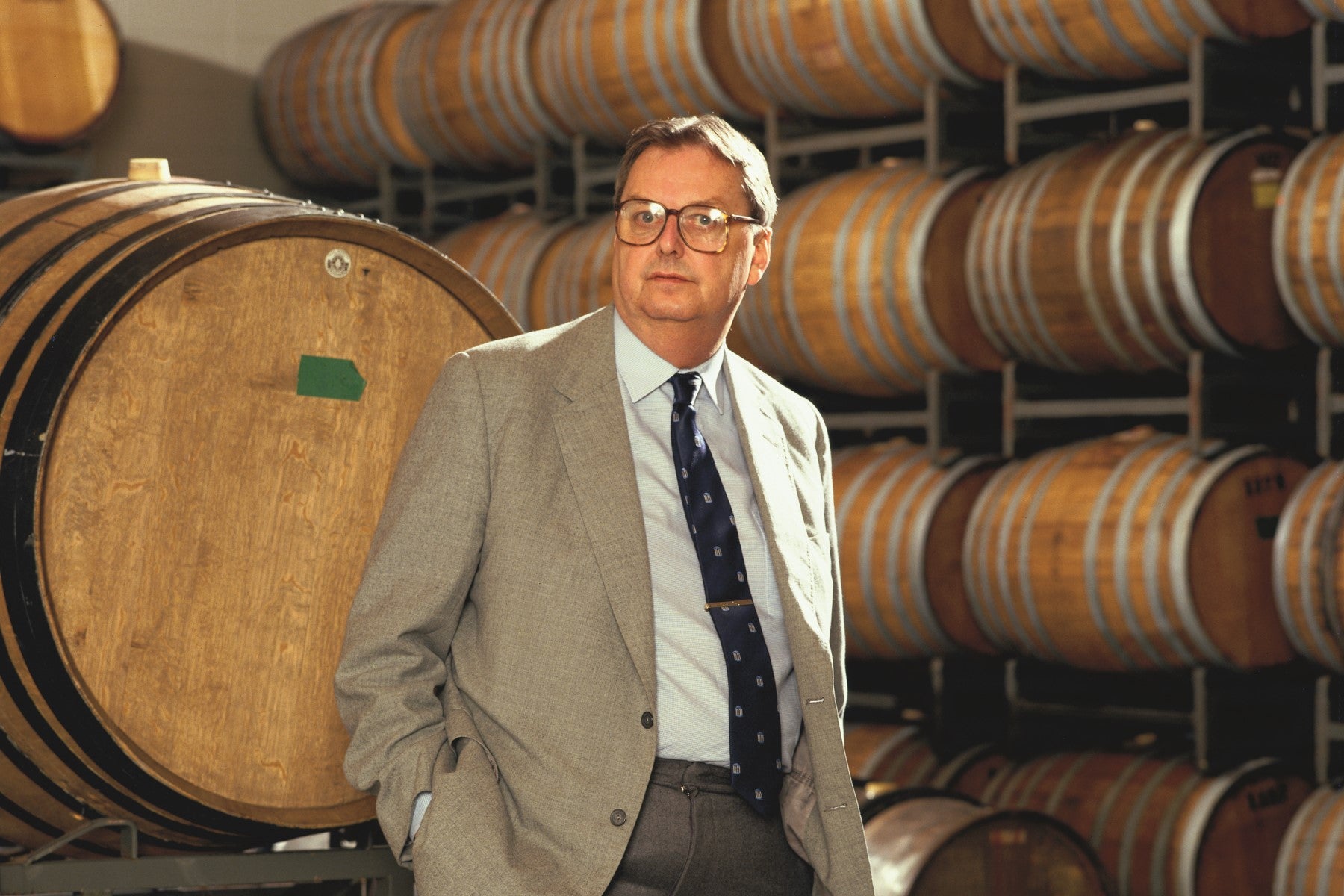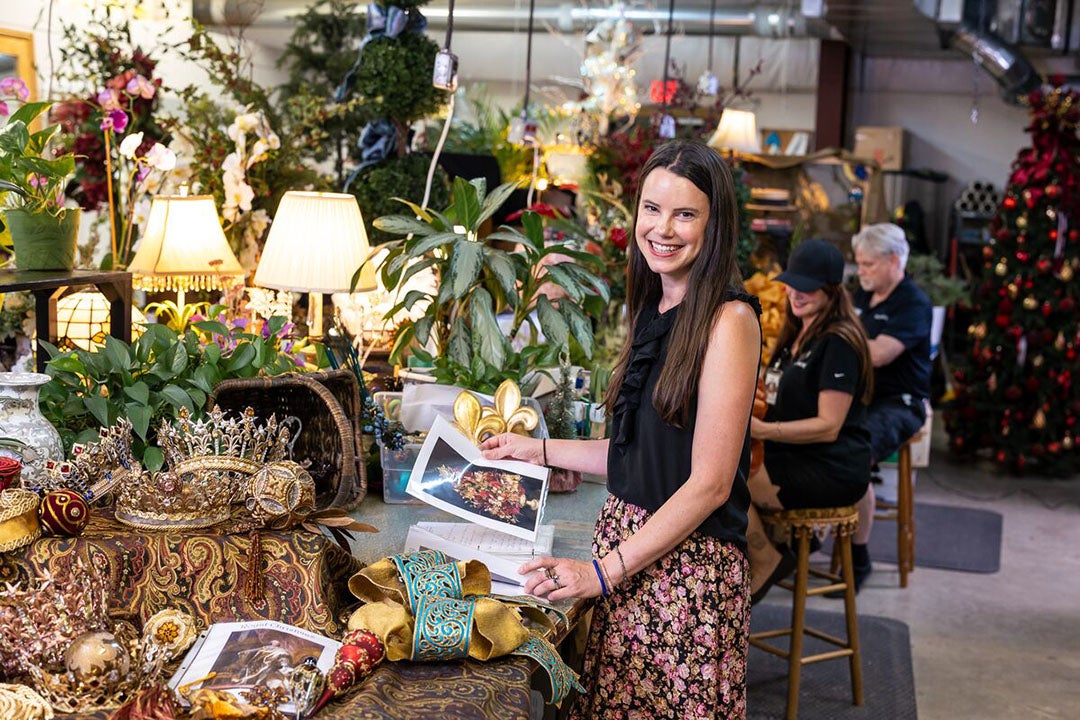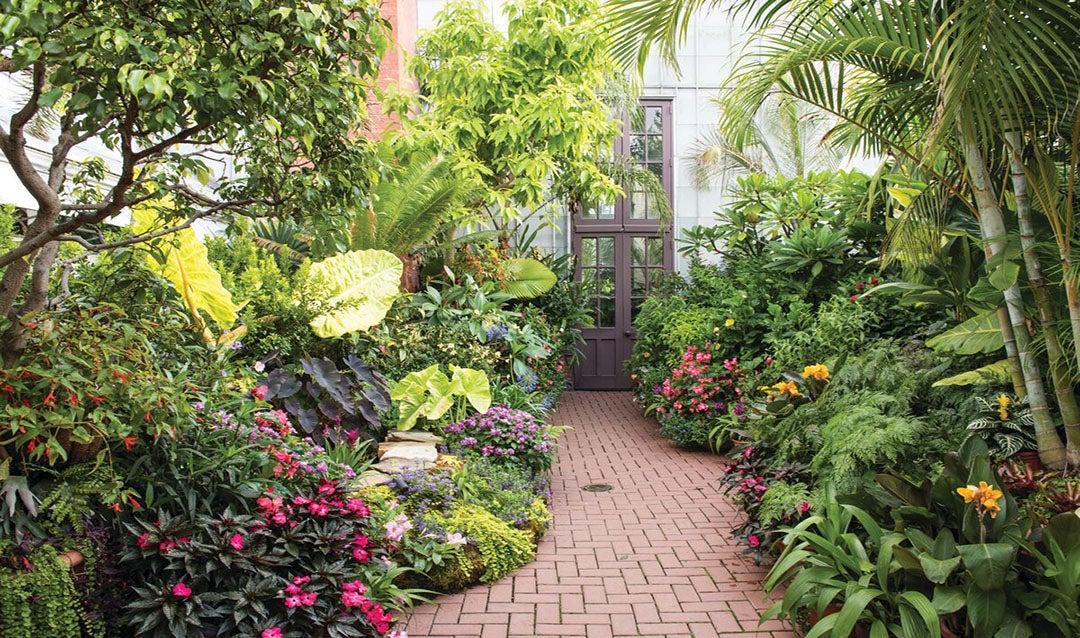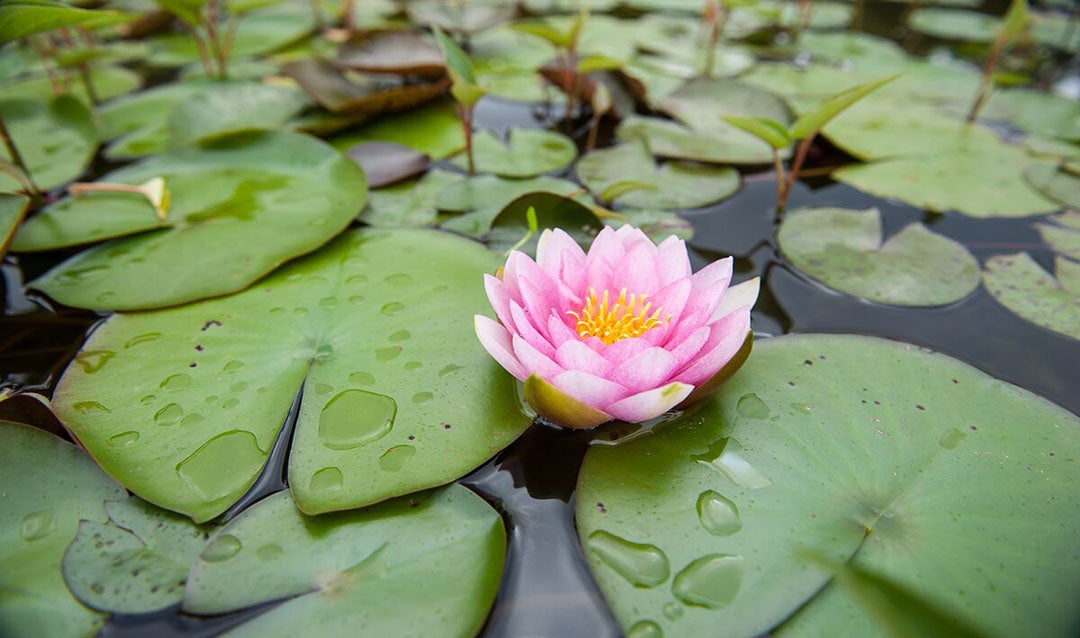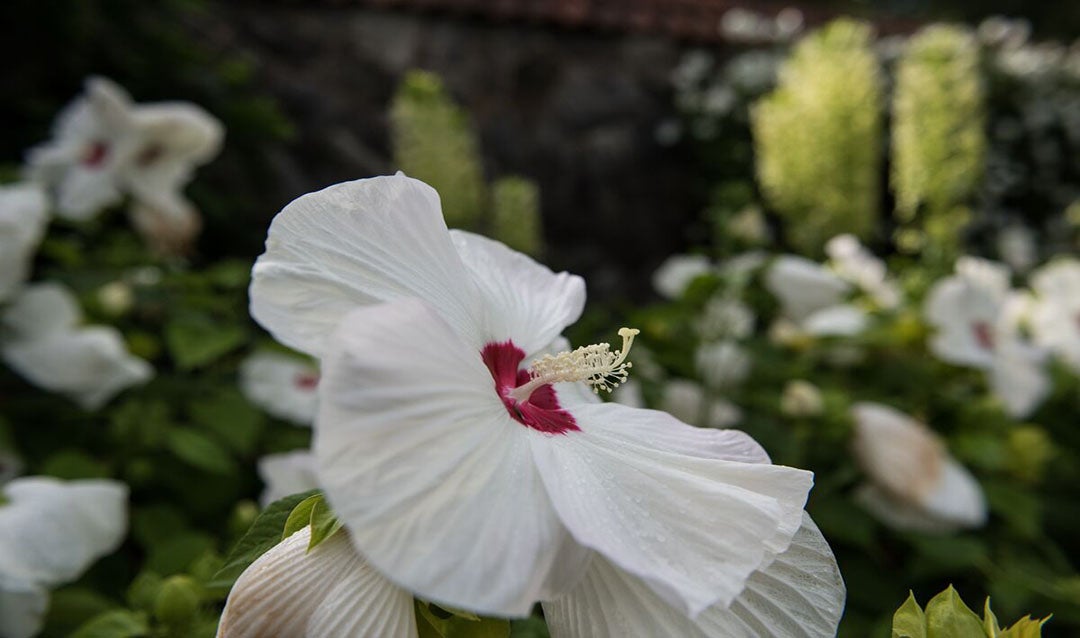William Amherst Vanderbilt Cecil, owner of The Biltmore Company, died on Tuesday, October 31, 2017 at his home in Asheville. He was 89 years old.
William A.V. Cecil was the youngest son of Cornelia Vanderbilt Cecil and the Honorable John Francis Amherst Cecil, and the grandson of George W. Vanderbilt, who built Biltmore House in the 1890s as the largest privately owned home in America.
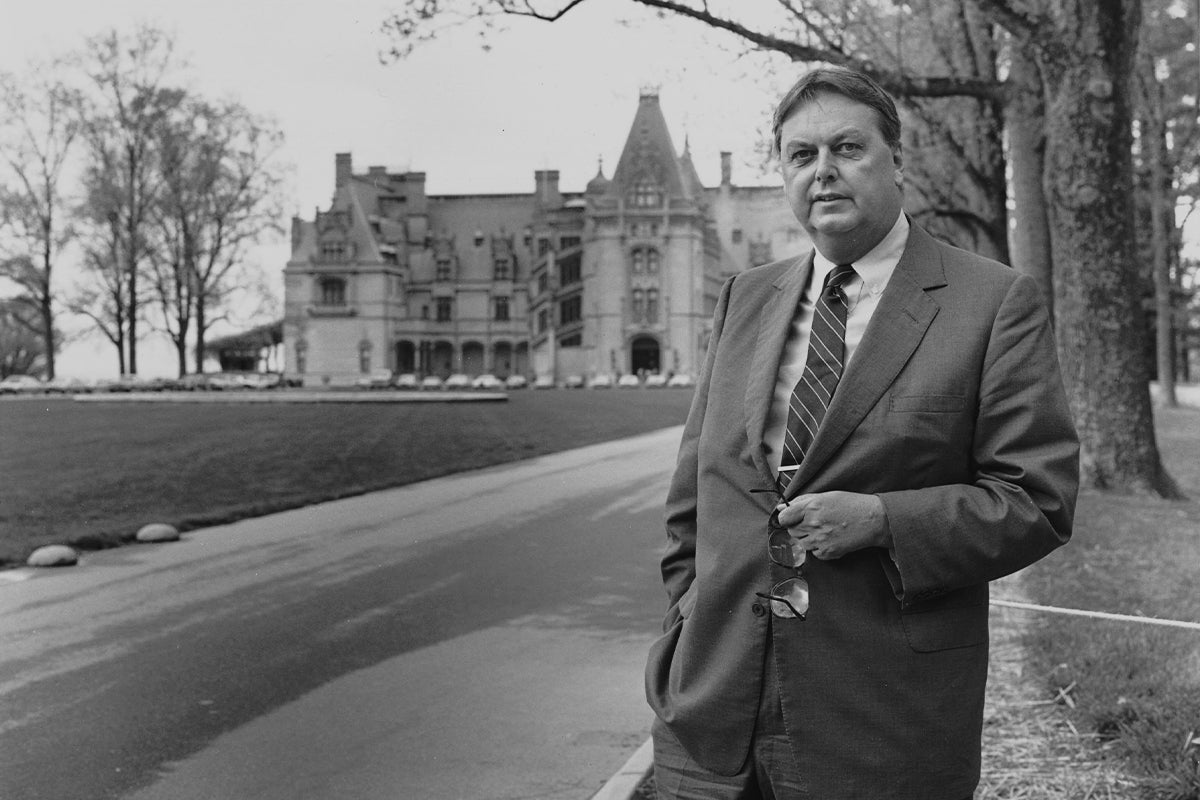
Mr. Cecil stands in front of Biltmore House in 1985.
Mr. Cecil was born August 17, 1928, at his family home in Asheville. Educated in England and Switzerland, he served in the British Navy near the end of World War II. After the war, he attended Harvard University and graduated in 1952. He pursued a career in finance, where he served as a representative of Chase Manhattan Bank in New York, and later as an officer with Chase’s international department based in Washington, D.C.
In 1957, he married Mary “Mimi” Ryan, a lawyer with the Wall Street firm of Cadwalader, Wickersham & Taft. In 1960, the Cecils moved to Asheville with the intention of preserving Biltmore by growing tourism to the region.
“We don’t preserve Biltmore to make a profit. We make a profit to preserve Biltmore,” William A.V. Cecil was known to say. His vision for the estate extended beyond its gates to encompass North Carolina and the country, and he worked the next 35 years to position Biltmore as a unique national treasure and Asheville as a “must-see” destination.
Although his parents opened Biltmore House to the public in 1930, it was not a source of income for the estate. After 30 years, revenues from visiting guests had produced a profit only one time. The book Lady on the Hill details the tremendous challenges Mr. Cecil faced in restoring Biltmore to its Vanderbilt-era glory.
“There was this negativism that it can’t be done,” William A.V. Cecil said. “If you ever want me to do something, just say ‘It can’t be done.’ Everyone told me it couldn’t be done, so I just stuck my feet in it and I said, ‘We’ll see about that.’ And that is what motivated me.”
After years of dedication and hard work—including everything from writing marketing copy to taking photographs for estate brochures—William Cecil announced that Biltmore had made a profit of $16.34 in 1969. In the following decades, his leadership propelled restorations to Biltmore House, renovations across the estate, and unparalleled growth for The Biltmore Company based on his unique business philosophy of a profitable private enterprise supporting preservation.
He was a leader in envisioning successful winemaking in North Carolina, planting vineyards, hiring a French winemaker, and opening the Biltmore Winery in 1985 when the idea of a successful North Carolina winery was unimaginable. Today, Biltmore Winery distributes wines across the country and is the most-visited winery in the nation.
His involvement in Biltmore’s preservation led him to found and serve as the board chairman of the Historic House Association of America, which later merged with the National Trust for Historic Preservation. In 1963, his dedication to Biltmore’s preservation was rewarded when the estate was recognized as a National Historic Landmark. Mr. Cecil also received the National Trust Preservation Award in 1995 for “his unique vision and achievement in the restoration and economically viable administration of the Biltmore Estate.”
William Cecil considered tourism, preservation, and heritage as natural partners, and was active in a number of travel and tourism organizations. He served as the 1972 president of the Southern Highlands Attractions Association, president of the Asheville Area Chamber of Commerce, and president of the North Carolina Travel Council. In 1974, he was awarded the Charles J. Parker Travel Award. He was also included in “The North Carolina Century, Tar Heels Who Made a Difference, 1900–2000.”
In addition, he served on the board of directors for the Public Service Natural Gas Company, Carolina Motor Club, and the board of the North Carolina Citizens for Business and Industry.
William Cecil retired from the company’s day-to-day operations in 1995 after nurturing his family business into a leading economic contributor to Asheville. The company now encompasses travel and tourism, hospitality, agriculture, wine, and licensed products, and is one of the area’s largest employers.
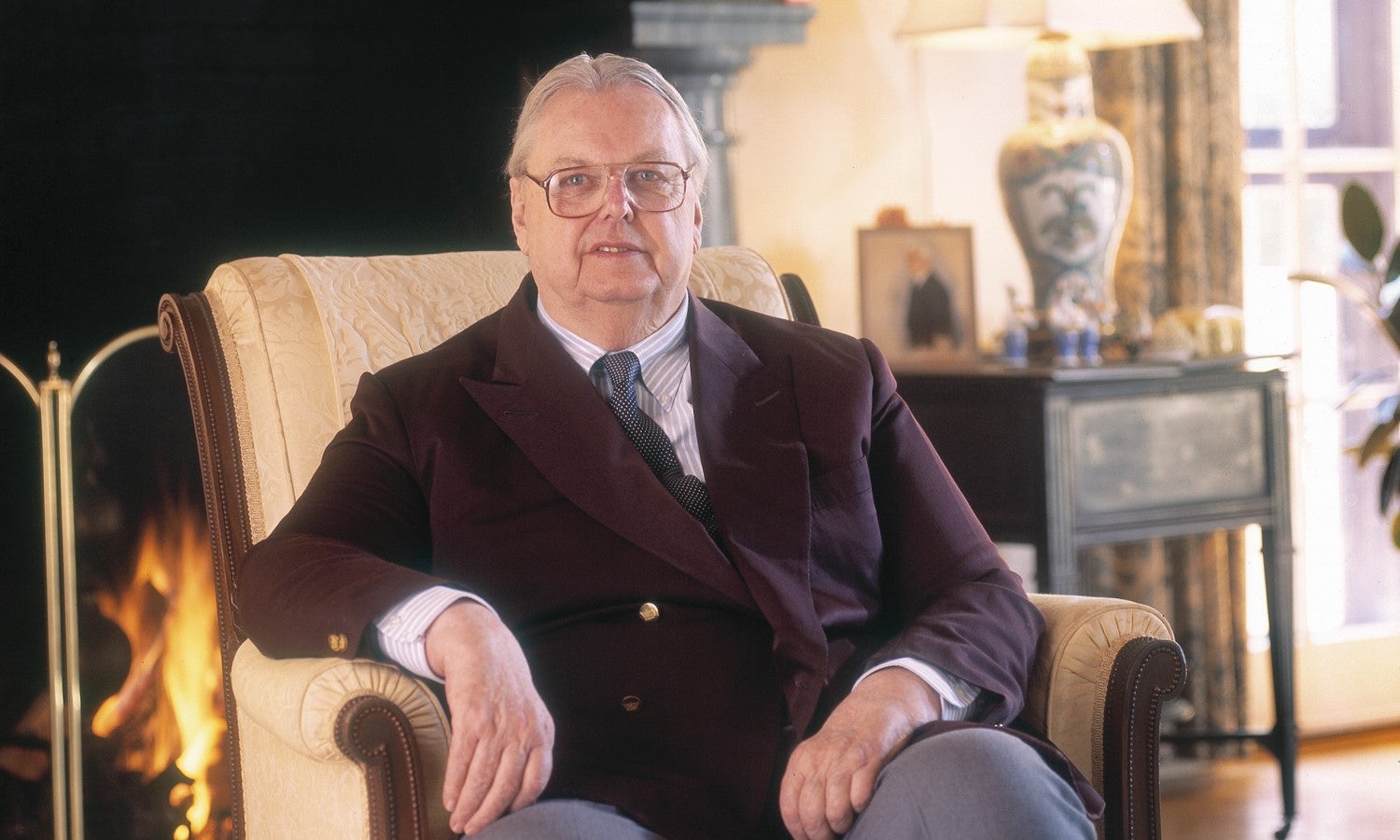
Portrait of Mr. Cecil
In an afterword to Lady on the Hill, Mr. Cecil wrote:
“I hope Biltmore Estate will continue to give its guests one of America’s most gratifying cultural and aesthetic experiences for years to come. I also hope that the commitment to preserving the great natural beauty that graces Biltmore is held sacred. The estate has given my family great personal and professional satisfaction over the years, and it has been my pleasure and my honor to share her. Long may the Lady on the Hill stand as a symbol of vision, inspiration, and imagination.”
William Cecil is survived by his son, William A.V. “Bill” Cecil, Jr., and daughter-in-law Virginia “Ginger” Cecil; his daughter, Diana “Dini” Cecil Pickering, son-in-law George “Chuck” Pickering; five grandchildren; and nine great-grandchildren.
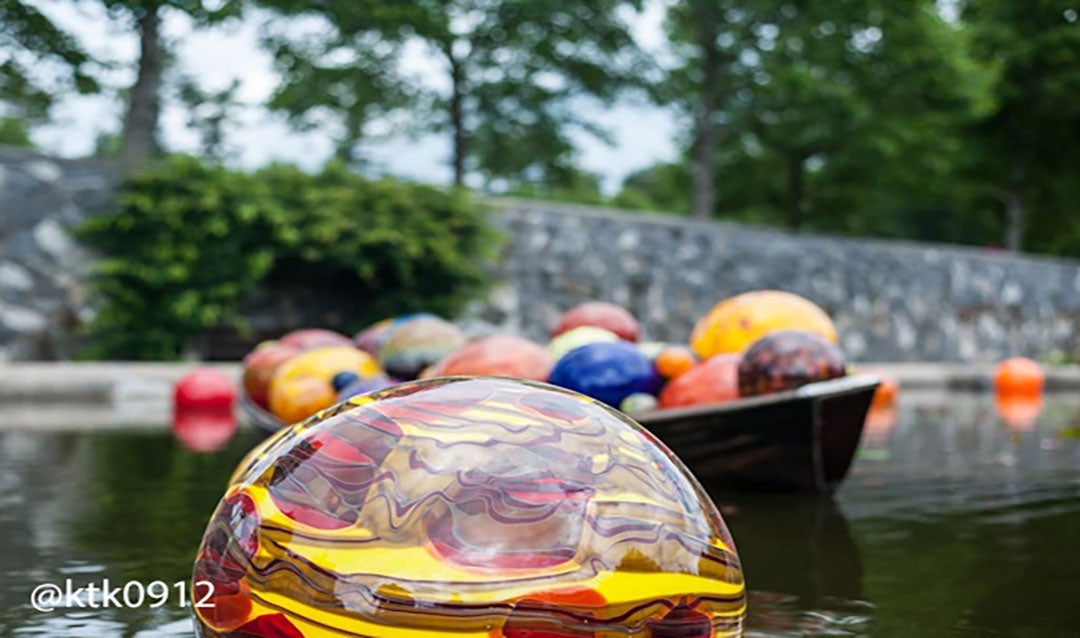
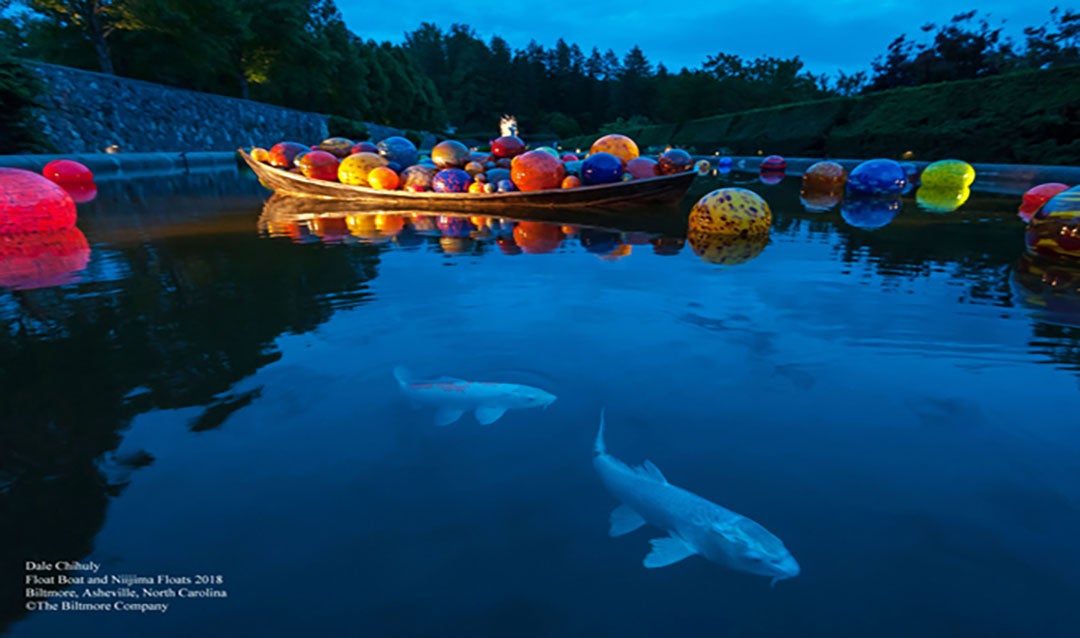
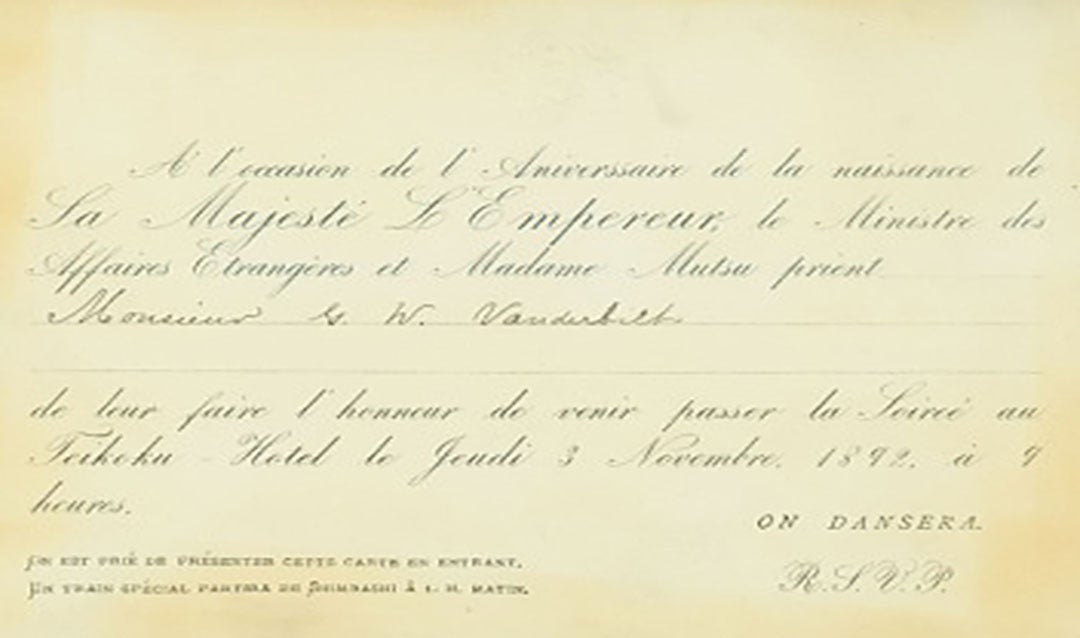
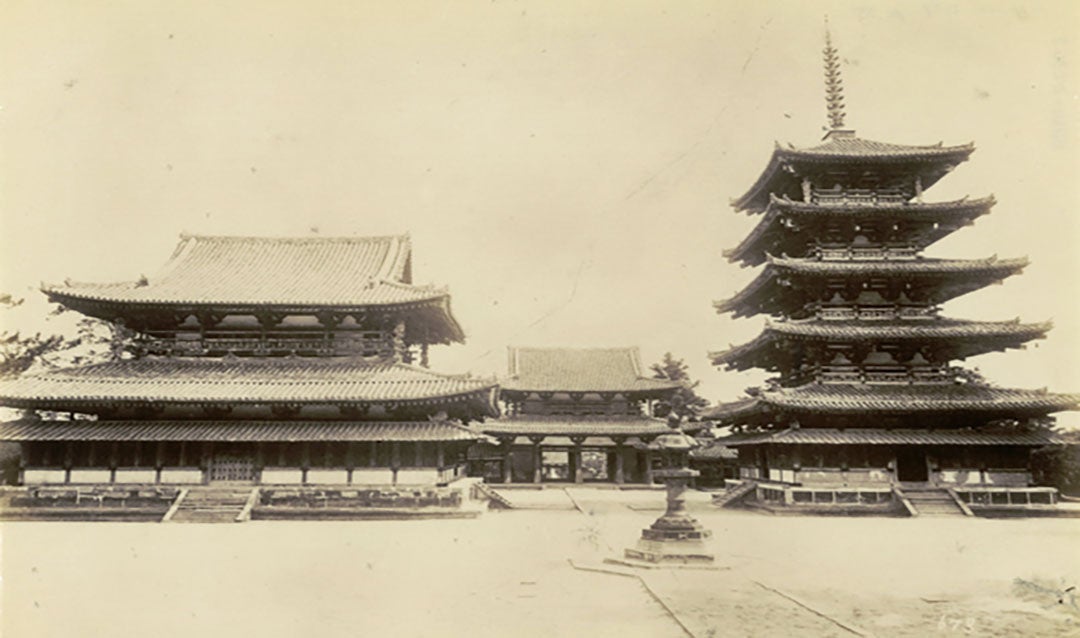
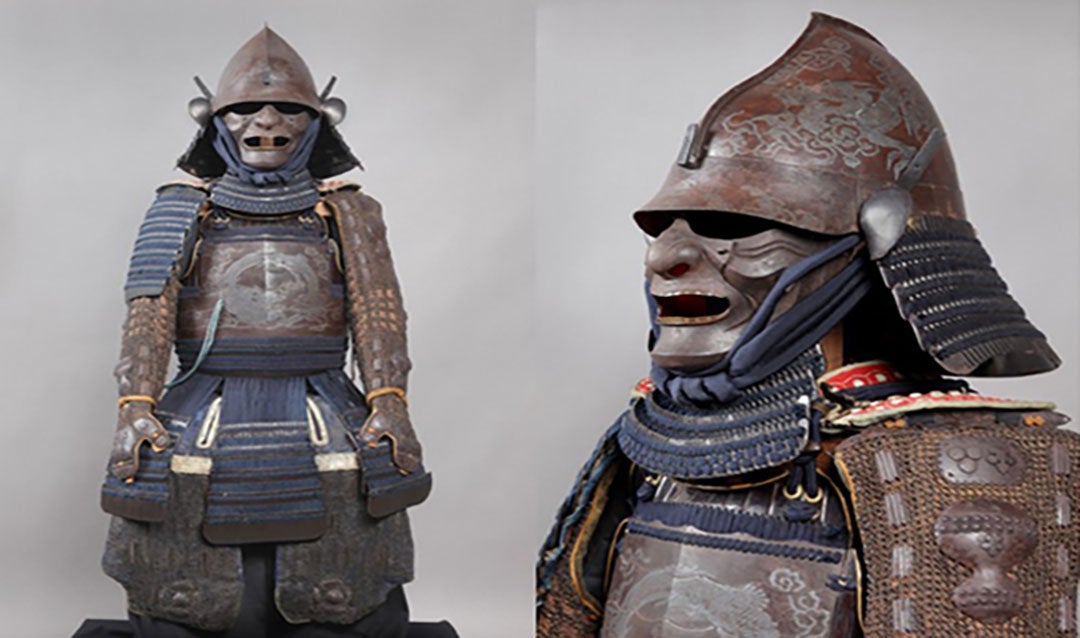


 Hosting a vertical flight
Hosting a vertical flight Join the club!
Join the club!
